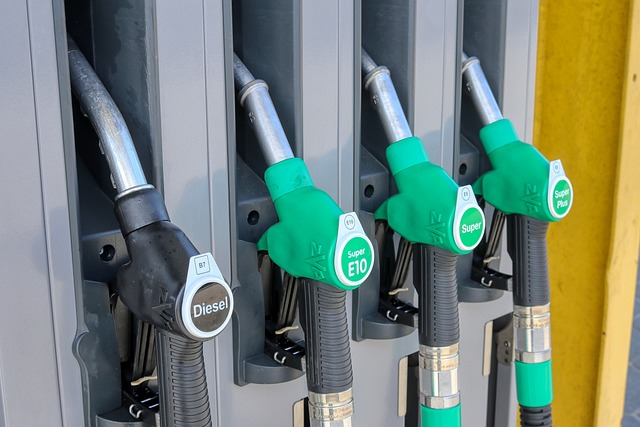EU Shifts Focus to U.S. LNG as Russian Gas Purchases Decrease
In recent years, the European Union has been working to diversify its energy sources and decrease its reliance on Russian gas. This shift in strategy has been driven by a number of factors, including concerns over geopolitical tensions and a desire to reduce carbon emissions. As part of this effort, the EU is increasingly turning to the United States for liquefied natural gas (LNG).
The use of LNG has been growing rapidly in recent years, as advances in technology have made it easier and more cost-effective to transport gas over long distances. LNG is natural gas that has been cooled to a liquid state, which reduces its volume by a factor of 600. This makes it much easier to transport and store, as it can be shipped in large tankers and stored in relatively small tanks.
One of the main advantages of LNG is that it can be sourced from a wide variety of locations. Unlike traditional pipeline gas, which is limited by geography, LNG can be produced anywhere and shipped to any location with a port. This makes it an attractive option for countries seeking to diversify their energy supplies.
For the European Union, the shift towards U.S. LNG has significant implications. Historically, Russia has been the EU’s largest supplier of natural gas, accounting for around 40% of all imports. However, concerns over Russia’s political and economic influence have led many EU countries to seek alternative sources of gas.
The United States has emerged as a key player in this market, thanks to its abundant supplies of natural gas and its growing LNG export capacity. In 2020, the U.S. was the third-largest supplier of LNG to the EU, behind only Qatar and Russia. However, this is expected to change in the coming years as U.S. exports continue to grow.
One of the main drivers of this growth is the completion of new LNG export facilities in the U.S. In recent years, several new facilities have come online, including the Sabine Pass terminal in Louisiana and the Cove Point terminal in Maryland. These facilities have significantly increased U.S. export capacity, making it easier for American companies to sell LNG to overseas markets.
Another factor driving the shift towards U.S. LNG is the increasing competitiveness of American gas prices. Thanks to advances in drilling technology, natural gas production in the U.S. has surged in recent years, driving down prices and making American gas more attractive to overseas buyers. As a result, many EU countries are now turning to U.S. LNG as a way to reduce their dependence on Russian gas while also securing a reliable supply of affordable energy.
Overall, the shift towards U.S. LNG represents a significant change in the global energy market. As more countries turn to LNG as a way to diversify their energy sources, the demand for this fuel is likely to continue growing. This has important implications for both producers and consumers of natural gas, as well as for the broader global economy.
In conclusion, while the European Union’s reliance on Russian gas may be decreasing, its need for reliable and affordable energy remains as strong as ever. By turning towards U.S. LNG, the EU is taking an important step towards diversifying its energy supplies and ensuring that it has access to a reliable source of fuel for years to come.
Post time: Sep-18-2023


